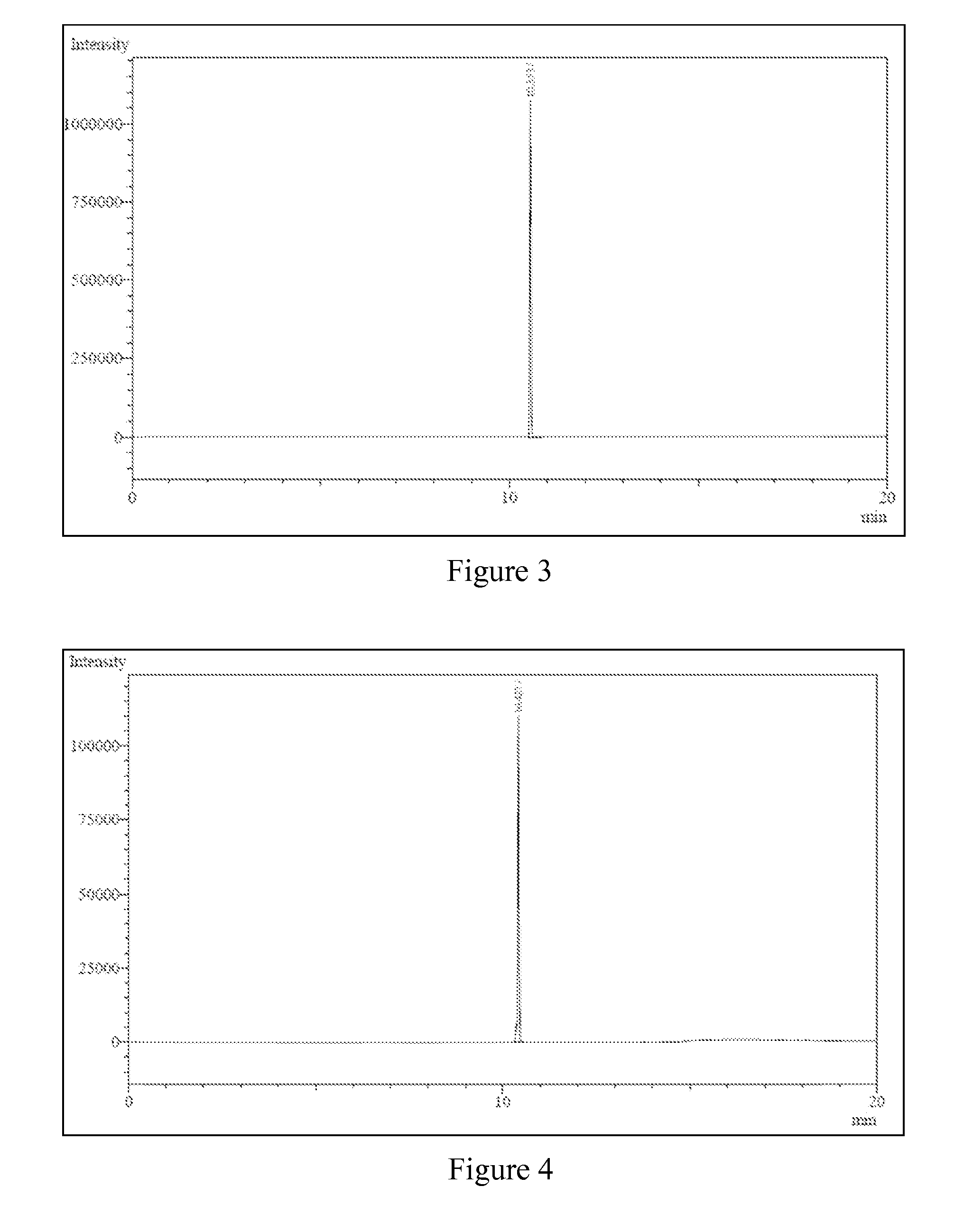Process for the production of olefins and use thereof
a technology of olefins and olefins, which is applied in the field of process for the production of olefins, can solve the problems of increasing the operating costs inherent in the reactivation of these catalysts, or worse, the substitution, and the increase of power consumption
- Summary
- Abstract
- Description
- Claims
- Application Information
AI Technical Summary
Benefits of technology
Problems solved by technology
Method used
Image
Examples
examples
[0063]Experiments were conducted at atmospheric pressure, in a glass reactor equipped with a reflux condenser and heating means. In the reactor, in the first experiment there are mixed ethanol and an ionic liquid, methyl-butyl-imidazole tetrafluoroborate (BMI.BF4). The reactor is heated and there immediately starts to be issued ethylene, which was identified using gas chromatography, by means of comparison with a pure pattern. The formed gaseous stream had a purity of up to 99% of ethylene.
[0064]After a certain time further generation of ethylene in the reaction ceases to occur; after 30 minutes, the final weighing and determination of the consumption of ethanol proceeds.
[0065]Table 1 shows the following results obtained:
[0066]
TABLE 1Results of the production of olefins from light alcohols.TimeTemp.EtOHIonic LiquidConversionReaction(h)(° C.)(g)(mol)Type(g)(mol)(%)Remarks10.5812.70.059BMI•BF413.10.05969Withstirring20.5802.20.049BMI•BF411.00.04940Withoutstirring
[0067]In a second exper...
PUM
| Property | Measurement | Unit |
|---|---|---|
| pressure | aaaaa | aaaaa |
| temperature | aaaaa | aaaaa |
| temperature | aaaaa | aaaaa |
Abstract
Description
Claims
Application Information
 Login to View More
Login to View More - R&D
- Intellectual Property
- Life Sciences
- Materials
- Tech Scout
- Unparalleled Data Quality
- Higher Quality Content
- 60% Fewer Hallucinations
Browse by: Latest US Patents, China's latest patents, Technical Efficacy Thesaurus, Application Domain, Technology Topic, Popular Technical Reports.
© 2025 PatSnap. All rights reserved.Legal|Privacy policy|Modern Slavery Act Transparency Statement|Sitemap|About US| Contact US: help@patsnap.com



